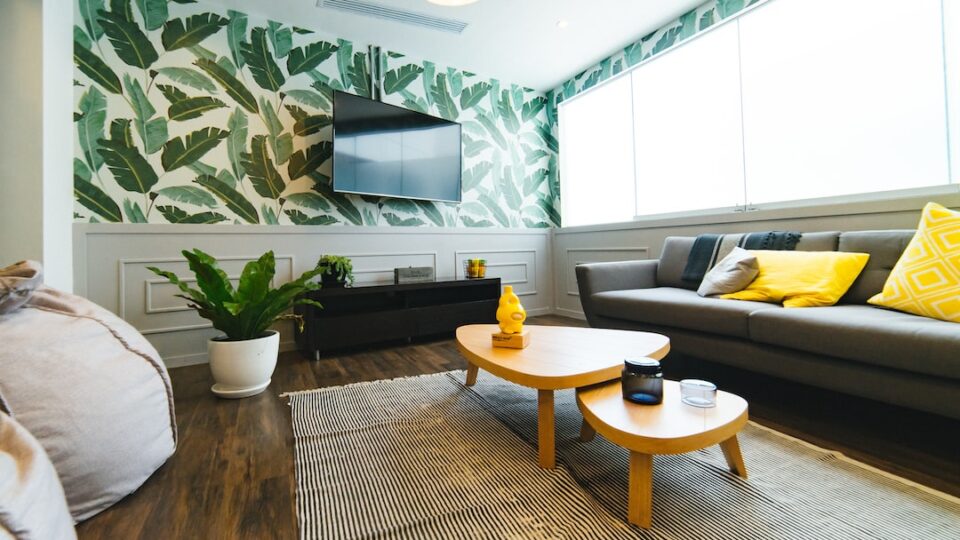The Rise of Co-Living Spaces: A New Trend in Real Estate
In recent years, there has been a significant shift in the way people choose to live. As the cost of housing continues to rise and the idea of ownership becomes less appealing to younger generations, co-living spaces have emerged as a new trend in the real estate market. Co-living is a concept that combines the advantages of communal living with the privacy and flexibility of individual living spaces. It offers a unique and innovative solution to the challenges of modern urban living.
So, what exactly are co-living spaces? In simple terms, they are shared living arrangements where residents have their own private bedrooms or studio apartments, but share common areas such as kitchens, bathrooms, and living rooms. These spaces are designed to foster community and provide a sense of belonging. They often include amenities such as coworking spaces, gyms, and communal gardens, all of which are shared among the residents.
One of the main reasons behind the rise of co-living spaces is the changing attitudes towards homeownership. For many young professionals and millennials, the dream of owning a home seems unattainable. The high costs of housing and the burden of mortgage payments make the idea of renting more appealing. However, traditional rental options often lack the sense of community and social interactions that many people desire. Co-living fills this gap by offering affordable and flexible living arrangements that prioritize social connection.
Another driving force behind the popularity of co-living spaces is the increasing trend of remote work and digital nomadism. With advancements in technology, more and more people are choosing to work remotely or travel while working. Traditional office spaces are no longer the only option for getting work done. Co-living spaces often provide dedicated coworking spaces, allowing residents to work from home while still having access to a community of like-minded individuals. This not only promotes productivity, but also encourages collaboration and networking opportunities.
The concept of co-living also aligns with the growing interest in sustainable living. In many co-living spaces, sustainability and eco-friendliness are key considerations. These spaces often incorporate green building practices, such as energy-efficient appliances, renewable energy sources, and water-saving measures. By sharing resources and living more efficiently, residents can reduce their carbon footprint and contribute to a more sustainable future.
Additionally, co-living spaces address the issue of social isolation that can occur in urban environments. With the rise of social media and digital communication, face-to-face interactions have become less common. Co-living spaces offer a solution by creating intentional communities where residents can foster meaningful connections and form lasting friendships. Regular community events, workshops, and group activities are often organized to encourage social interaction and create a sense of belonging.
From a business perspective, co-living spaces have also proven to be a lucrative opportunity. Real estate developers and investors are recognizing the potential for high returns in this emerging market. By converting existing properties or building new ones specifically designed for co-living, investors can maximize rental income by accommodating more residents in smaller spaces. The demand for co-living spaces is expected to continue growing as more people prioritize experiences, flexibility, and social connection over traditional ownership.
In conclusion, the rise of co-living spaces signifies a significant shift in the real estate market. With rising housing costs, changing attitudes towards homeownership, and the increasing desire for community and flexibility, co-living presents a new and innovative solution. By combining the benefits of communal living with the privacy of individual spaces, co-living offers a unique living experience that meets the needs of modern urban dwellers. Whether it’s for financial reasons, remote work opportunities, or the desire for social connection, co-living spaces are providing a fresh perspective on how we choose to live in today’s world.

